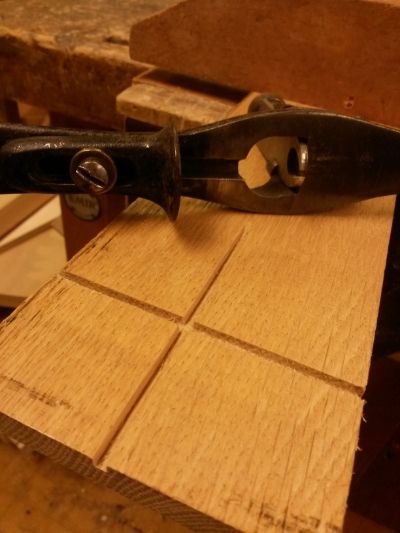Saint Simon
Established Member
Following a fascinating previous posting I have picked up a Preston quirk router. It sounded an interesting tool and in the "flesh" is even more so. I have a basic idea of its function but would love to read up on how to use and sharpen it. I am particularly intrigued by the hollow grind of the blades. Does that mean it could be used across the grain?
Any information or references would be greatly appreciated.
thanks
Simon
Any information or references would be greatly appreciated.
thanks
Simon





